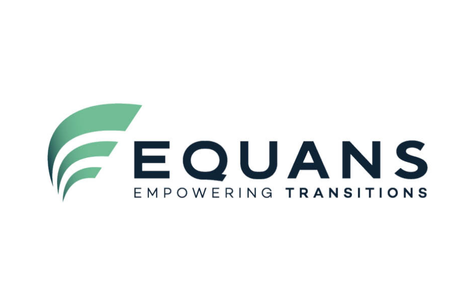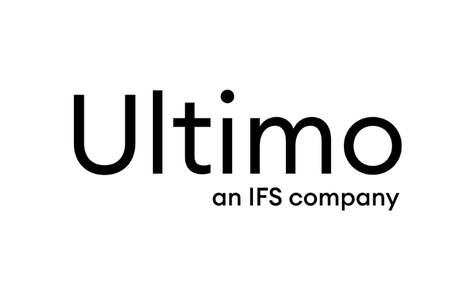The Difference Between Maintenance Management and Asset Management
Maintenance Management and Asset Management are two fundamental disciplines in industrial operations. While both are essential for ensuring efficiency, reliability, and cost-effectiveness, they serve distinct purposes. Understanding their differences is key to implementing a successful operational strategy that maximizes asset performance and lifecycle value.
What is Maintenance Management?
Maintenance Management, in contrast, focuses specifically on the maintenance and upkeep of assets to ensure they remain operational and reliable. This involves systematic planning and execution of maintenance tasks, including preventive and corrective actions, to minimize downtime and prolong asset life.
Key Responsibilities
- Routine maintenance scheduling: Implementing preventive maintenance programs to avoid unexpected failures.
- Work order management: Organizing and tracking maintenance tasks to ensure efficiency.
- Failure analysis and troubleshooting: Identifying root causes of equipment malfunctions.
- Resource allocation: Managing personnel, tools, and spare parts effectively.
- Performance tracking: Using KPIs to assess maintenance effectiveness.
Key Skills
- Strong technical and engineering knowledge.
- Hands-on problem-solving and troubleshooting expertise.
- Proficiency in maintenance planning and asset reliability.
- Experience with Computerized Maintenance Management Systems (CMMS).
What is Asset Management?
Asset Management is a strategic discipline that encompasses the entire lifecycle of an asset—from acquisition and operation to maintenance and disposal. According to ISO 55000, asset management translates an organization’s objectives into plans, decisions, and activities related to its assets, ensuring they align with corporate goals and generate optimal value.
Key Responsibilities
- Long-term planning: Developing strategies for asset acquisition, maintenance, and replacement.
- Risk-based decision-making: Evaluating risks and financial implications to optimize asset investments.
- Lifecycle management: Managing assets from procurement to decommissioning.
- Performance monitoring: Analyzing asset efficiency and identifying areas for improvement.
- Regulatory compliance: Ensuring assets meet safety and environmental standards.
Key Skills
- Strategic thinking and financial acumen.
- Knowledge of asset lifecycle cost analysis.
- Risk assessment and compliance expertise.
- Data-driven decision-making and asset performance evaluation.
Key Differences Between Maintenance Management and Asset Management
| Feature | Maintenance Management | Asset Management |
|---|---|---|
| Scope | Focuses on asset maintenance and reliability | Full asset lifecycle management |
| Objective | Ensuring operational efficiency and minimizing downtime | Maximizing asset value and ROI |
| Approach | Tactical, day-to-day maintenance execution | Strategic, long-term planning |
| Decision-Making | Scheduling and executing maintenance tasks | Risk-based financial and operational planning |
| Tools Used | CMMS, condition monitoring, predictive maintenance tools | Asset management software, lifecycle cost analysis |
Evolving from Maintenance to Asset Management
Many companies start with a strong focus on maintenance management to ensure the reliability of their installations and machines. However, as an organization grows and optimizes its maintenance processes, Asset Management becomes a logical next step.
Asset Management goes beyond reactive or preventive maintenance of machines and installations. It is a strategic approach that enables companies to manage the entire lifecycle of their assets, focusing on long-term value, cost optimization, and risk management. This shift involves moving from a purely technical focus to a more integrated, data-driven, and business-oriented approach.
An important component of this approach is the Strategic Asset Management Plan (SAMP). This plan helps companies align their maintenance decisions with broader business objectives, such as sustainability, energy efficiency, and infrastructure reliability.
How can you successfully make this transition in your organization? BEMAS offers the training Evolving from a Maintenance to an Asset Management Organization, which provides practical insights on how to implement Asset Management within your company. A well-integrated approach ensures:
- Improved asset reliability: Maintenance programs support asset longevity.
- Cost optimization: Asset management prioritizes investments in maintenance based on risk and value.
- Operational efficiency: Effective maintenance strategies reduce downtime and operational disruptions.
- Regulatory compliance: Both functions ensure adherence to safety, environmental, and operational standards.
Conclusion
Understanding the difference between Maintenance Management and Asset Management is essential for organizations aiming to maximize asset efficiency and reliability. While asset management provides the strategic framework, maintenance management delivers the hands-on execution required to maintain operational continuity. Organizations that align these disciplines effectively can achieve optimal performance, cost savings, and long-term asset sustainability.








